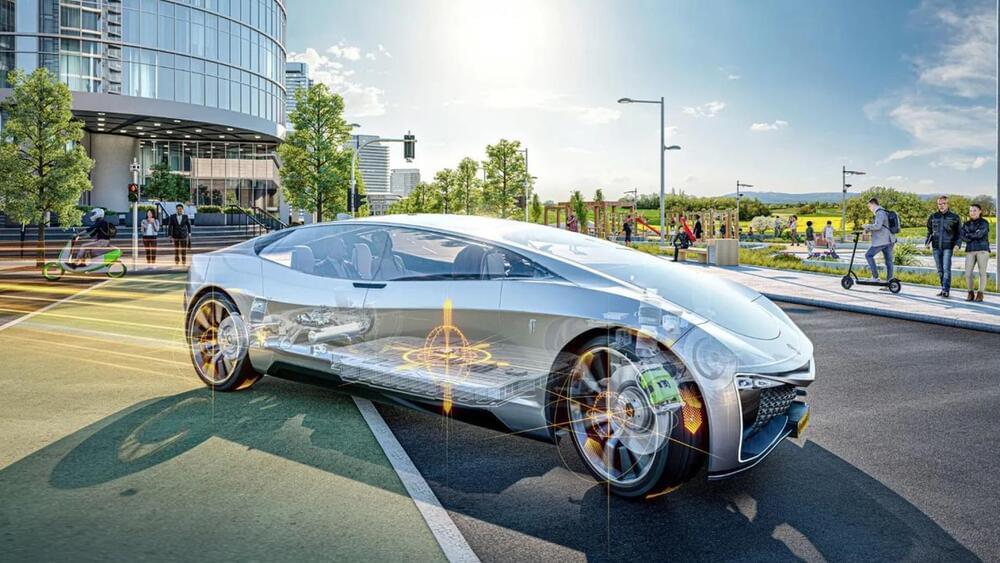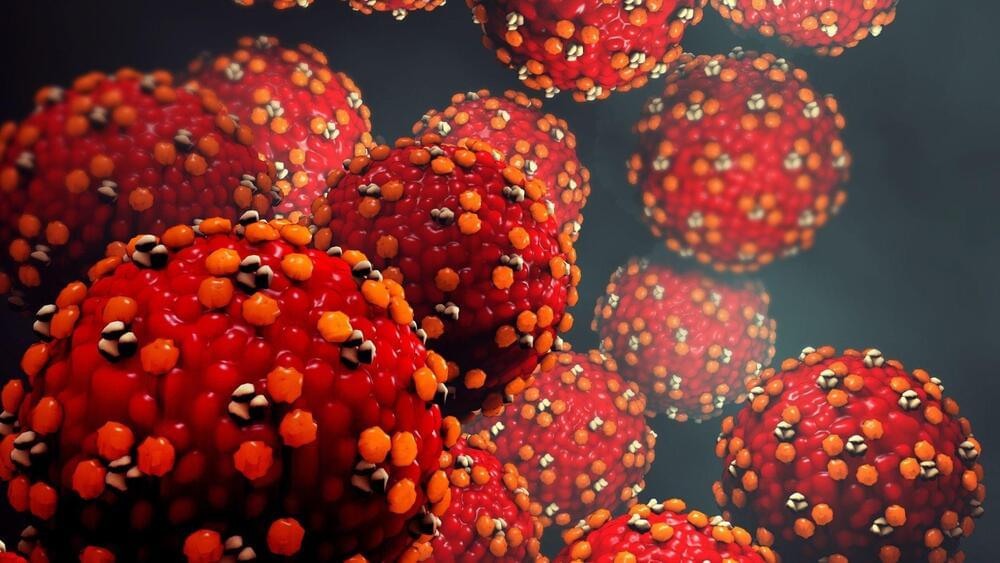The carbon-negative concrete blocks absorb more CO2 during production than they emit.
A Limburg (Netherlands) company called Masterbloc has engineered an eco-friendly building material from steel slag left over from the steel industry, according to an article by The Brussels Times.
The company CEO Bjorn Gubbels claims the block stores CO2 and can help boost the circular economy.
CHUNYIP WONG/iStock.
Masterbloc’s product is CO-2 negative, with more CO2 absorbed during production than emitted. At the company’s factory, some 8-tonnes of CO2-ingesting building blocks are produced per day. This roughly accounts for a yearly output of 15,000 tonnes.








